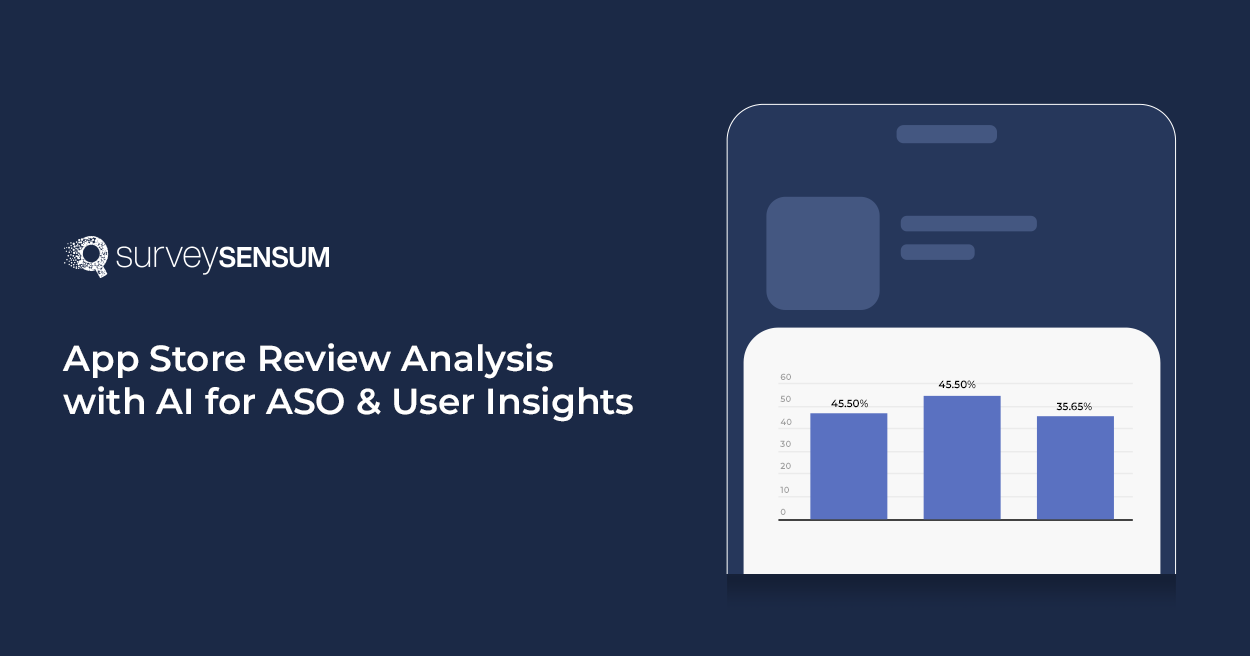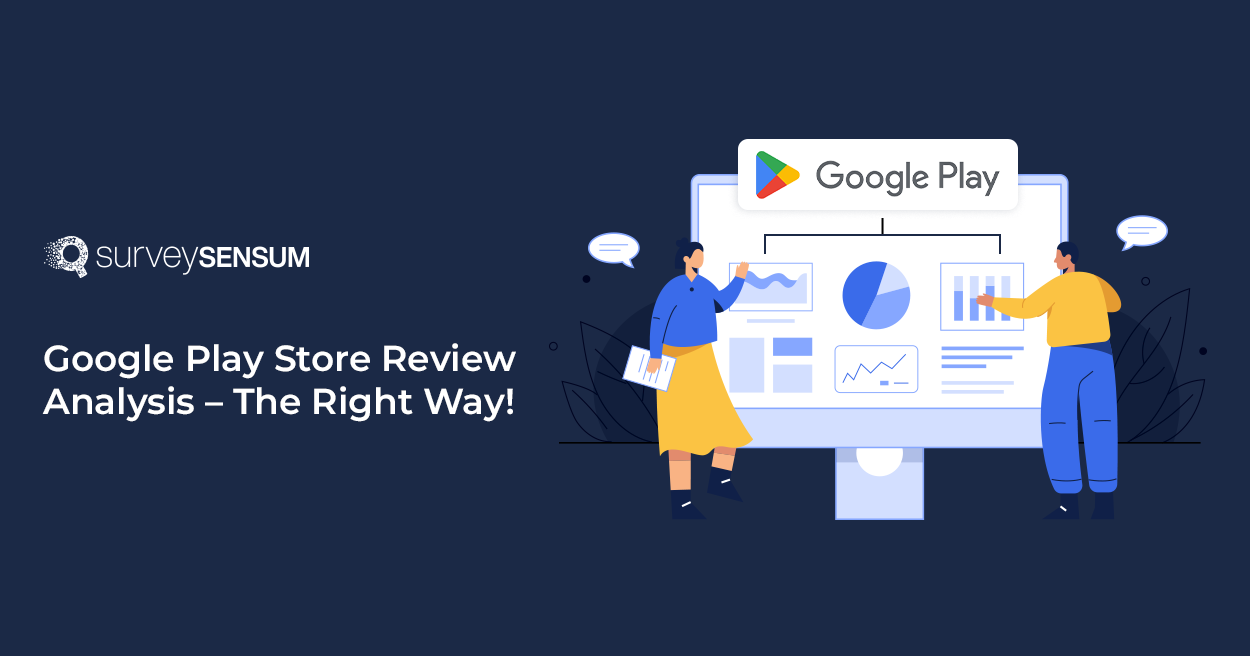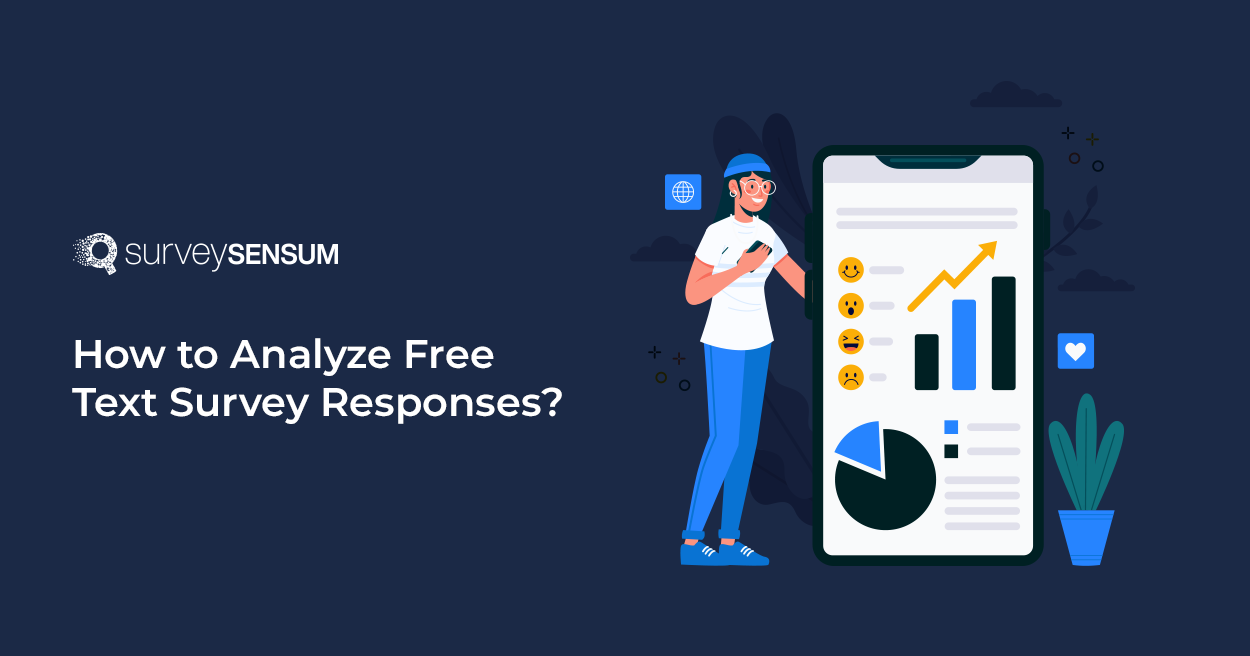

Want to measure customer satisfaction, gauge brand awareness, or track changes over time?
Quantitative survey questions are for you!
This blog dives deep into everything you need to know about crafting effective quantitative survey questions to gather reliable, statistically sound data. We’ll cover why quantitative questions are so important, the different types you can use, and share practical examples to get you started. Plus, we’ll compare quantitative and qualitative questions and explain why using both can give you the best insights.
So, whether you’re just starting out with surveys or looking to refine your skills, stick around. We’re here to help you create surveys that deliver clear, actionable insights.
Ready to level up your survey game? Let’s jump in!
What is a Quantitative Question in a Survey?
Quantitative questions are aimed to collect data that can be quantified and analyzed statistically. These questions require respondents to choose from a set of predefined options or provide numerical answers, allowing for easy aggregation and analysis of the data. Quantitative questions are used to measure variables such as attitudes, behaviors, opinions, and demographics in a structured manner.
Let us now know the reasons behind using quantitative questions.
Why Use Quantitative Questions?
Using quantitative questions in surveys offers several advantages, especially when you need precise, measurable, and statistically analyzable data. Here are some key reasons to use quantitative questions:
1. Objectivity and Precision: Quantitative questions provide objective data that can be precisely measured. This reduces the influence of personal biases in data interpretation.
2. Statistical Analysis: The numeric nature of quantitative data allows for a wide range of statistical analyses. You can calculate averages, percentages, correlations, and other statistical measures to derive insights.
3. Comparability: Quantitative data makes it easier to compare responses across different groups or time periods. For example, you can compare customer satisfaction scores before and after a new product launch.
4. Scalability: Quantitative surveys can be easily administered to large populations, making it feasible to gather data from a broad audience. This helps in identifying trends and generalizing findings.
5. Clarity and Consistency: Well-designed quantitative questions ensure that all respondents interpret the questions in the same way, leading to more consistent and reliable data.
6. Time Efficiency: Respondents typically find quantitative questions quicker and easier to answer than open-ended questions, leading to higher response rates.
7. Resource Efficiency: Analyzing quantitative data often requires less time and fewer resources compared to qualitative data, which involves more complex coding and interpretation processes. For students managing heavy workloads, opting for efficient solutions like quantitative survey or even choosing to pay for essay writing service can help save valuable time while ensuring high-quality academic work.
8. Benchmarking: Quantitative data allows for benchmarking against industry standards or historical data, helping organizations understand their performance in context.
Overall, quantitative questions are highly effective for gathering data that can be systematically analyzed to support decision-making, track changes over time, and identify patterns or relationships within the data.
Create engaging and efficient quantitative surveys that lead to higher response rates. Start Surveying!
To effectively gather numerical data, quantitative survey questions come in various formats, each tailored to capture specific types of information. Let’s explore them in detail.
Types Of Quantitative Survey Questions
Quantitative survey questions come in various formats, each designed to collect specific types of numerical data. Here are the main types of quantitative survey questions:
1. Multiple-choice Questions

Respondents choose one or more answers from a list of options.
- Single-Choice: Respondents select only one option.
Example: “Which social media platform do you use the most? (Select one that apply) Facebook, Instagram Twitter, LinkedIn.” Each of these is not only popular for personal use but also widely recognized as a social media marketing platform used by businesses to engage audiences and promote their brands effectively.
- Multiple Choice: Respondents can select multiple options.
Example: “Which of the following social media platforms do you use? (Select all that apply) Facebook, Instagram, Twitter, LinkedIn.”
2. Rating Scale Questions

Respondents rate an item on a scale, usually from 1 to 5 or 1 to 10.
Example: “On a scale of 1 to 10, how satisfied are you with our customer service?”
3. Likert Scale Questions

In the Likert Scale survey, respondents indicate their level of agreement or disagreement with a statement.
Example: “How strongly do you agree with the following statement: ‘The product is easy to use.’ (Strongly disagree, Disagree, Neutral, Agree, Strongly agree).”
So, start gathering insights from your customers with Likert scale questions – designed to deliver reliable and actionable insights. Sign Up Today!
4. Yes/No Questions

Respondents provide a binary answer which limits responses to two distinct options, simplifying the analysis of the results.
Example: “Have you used our service in the past month? Yes/No.”
5. Numeric Input Questions

Respondents provide a specific numeric value to this question.
Example: “How many times have you visited our website in the past week?”
6. Ranking Questions

Respondents rank a list of items in order of preference or importance.
Example: “Rank the following features in order of importance: Ease of use, Price, Customer support, Features.”
20 Examples of Quantitative Survey Questions
- On a scale of 1 to 5, how satisfied are you with our product/service?
- How likely are you to recommend our company to a friend or colleague? (Scale: 0-10)
- How frequently do you use our product/service? (Options: daily, weekly, monthly, rarely, never)
- How much did you spend on our product/service in the last month?
- On a scale of 1 to 10, how easy was it to navigate our website?
- How often do you interact with our customer support team? (Options: never, occasionally, frequently)
- How important is price in your decision to purchase our product/service? (Scale: 1-5, with 1 being not important and 5 being very important)
- How likely are you to renew your subscription with us? (Options: very likely, likely, neutral, unlikely, very unlikely)
- How satisfied are you with the delivery time of our products/services? (Scale: 1-5)
- How knowledgeable do you find our sales representatives? (Scale: 1-10)
- How often do you use our mobile app? (Options: daily, weekly, monthly, rarely, never)
- How likely are you to attend our future events? (Scale: 0-100%)
- How likely are you to upgrade to our premium plan? (Options: very likely, likely, neutral, unlikely, very unlikely)
- How likely are you to follow us on social media? (Scale: 1-5)
- How satisfied are you with the quality of our products/services? (Scale: 1-10)
- How frequently do you read our newsletters? (Options: daily, weekly, monthly, rarely, never)
- How likely are you to participate in our customer feedback surveys? (Scale: 1-5)
- How important is product customization to you? (Scale: 1-10)
- How likely are you to switch to a competitor in the next six months? (Options: very likely, likely, neutral, unlikely, very unlikely)
- How satisfied are you with the overall experience of using our product/service? (Scale: 1-5)
Ready to enhance your surveys with effective quantitative questions that drive responses? Try SurveySensum today and revolutionize your CX!
Qualitative Vs Quantitative Questions
Qualitative Questions
Qualitative questions are crafted to explore the underlying reasons, opinions, and motivations of respondents. Their open-ended nature allows for detailed, narrative answers that provide rich, in-depth insights.
For instance, questions like
- “Can you describe your experience with our product?”
- “What improvements would you suggest for our service?”
encourage respondents to share their thoughts and experiences in their own words. This approach is invaluable for uncovering trends, patterns, and the context behind behaviors, giving researchers a comprehensive understanding of the subject matter.
Quantitative Questions
In contrast, quantitative questions are designed to measure and quantify variables, enabling researchers to identify patterns, correlations, and generalizations. These questions are typically close-ended, utilizing scales, multiple-choice options, or numeric answers.
For instance,
- “On a scale of 1 to 10, how satisfied are you with our product?”
- “How many times have you used our service in the last month?”
This structured format allows for straightforward statistical analysis, providing clear, actionable data that can be easily compared and generalized across a larger population.
Conclusion
Quantitative survey questions are essential for collecting precise, measurable, and statistically analyzable data. They offer numerous advantages, including objectivity, ease of analysis, comparability, scalability, consistency, and efficiency.
By using well-designed quantitative questions, researchers and businesses can gather actionable insights, track changes over time, and make informed decisions.
However, to achieve the best results, it’s important to integrate quantitative questions with qualitative ones for a more comprehensive understanding of the data.
For a comprehensive survey solution that allows seamless integration of quantitative questions, consider SurveySensum. With SurveySensum, you can easily design, distribute, and analyze surveys to gain valuable insights and make data-driven decisions.
So, start leveraging the power of quantitative surveys to enhance your data collection and decision-making processes with SurveySensum.
FAQs on Quantitative Questions
Quantitative survey questions are closed-ended questions with numerical answers, allowing you to measure and compare data statistically. In short, they ask “how much” or “how often” instead of “why” or “how.”
- How many hours per week do you spend on social media?
- On a scale of 1 to 10, how satisfied are you with our customer service?
- What is your age?
- How many times have you purchased from our store in the past year?
- What percentage of your monthly income do you spend on groceries?
- How satisfied are you with our product/service? (Scale of 1 to 10)
- How likely are you to recommend our product/service to a friend? (Net Promoter Score)
- What is your preferred method of communication? (Multiple-choice: email, phone, in-person, etc.)
- How often do you use our product/service? (Frequency: daily, weekly, monthly, rarely)
- What features would you like to see in our future products/services? (Open-ended)
A qualitative survey question is an open-ended question designed to gather in-depth, descriptive data about participants’ thoughts, experiences, and opinions. These questions allow respondents to provide detailed and nuanced answers.
For example: “What do you think are the main challenges you face when using our product?”
A survey itself can be either qualitative or quantitative, depending on the type of questions it asks.
- Quantitative surveys use closed-ended questions with numerical answers for statistical analysis.
- Qualitative surveys use open-ended questions for detailed responses that provide a deeper understanding.
Use SurveySensum to streamline your survey process and gather data effortlessly. Get Started!

















